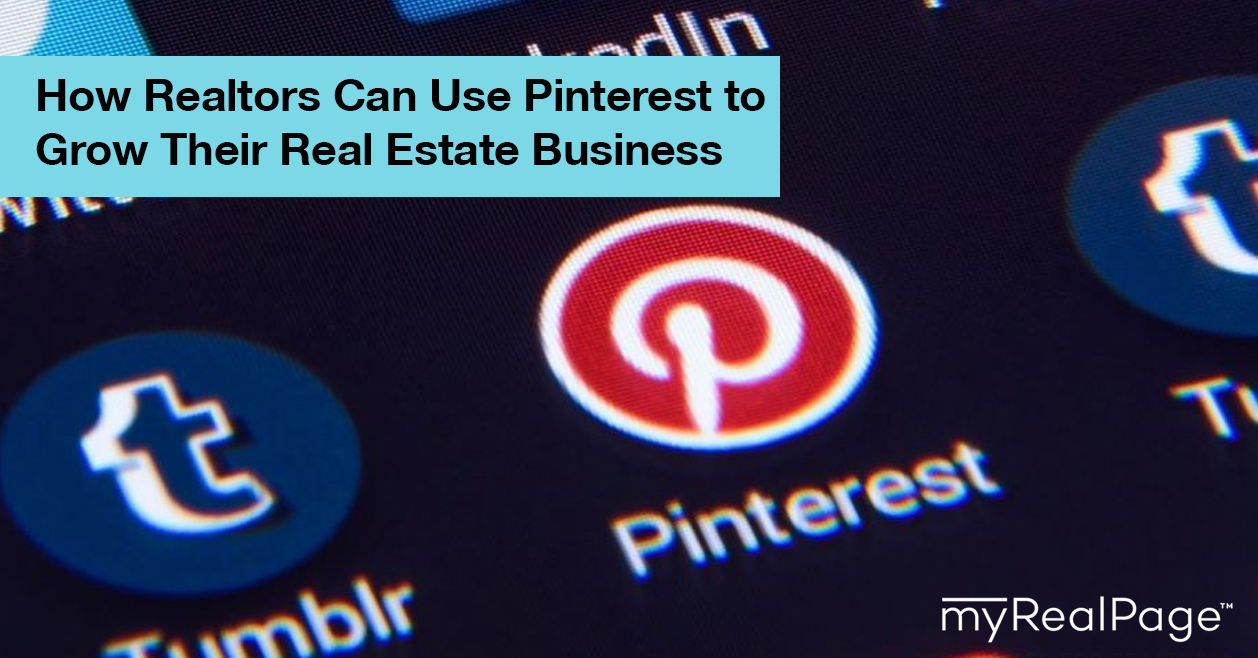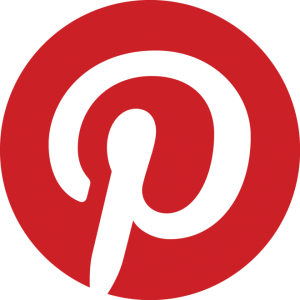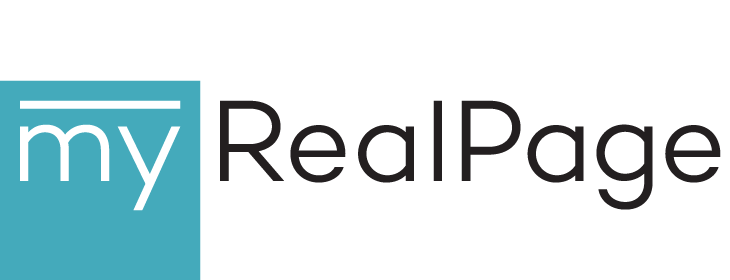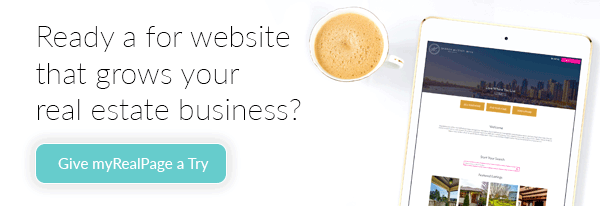How Realtors Can Use Pinterest to Grow Their Real Estate Business

For all the talk about what an awesome marketing tool Pinterest is, there aren’t that many realtors who have fully maximized its potential.
Many realtors using Pinterest are just sharing images, usually of their listings, all willy-nilly, not really thinking about how that image could boost their profile and boost traffic to their site.
Whether you’re new to the site or you’re an existing Pinner who needs a hand, we’ve outlined the key ways to grow your real estate business using Pinterest.
1. Create helpful, thematic boards
Your goal should be to offer a suite of helpful, eye-catching content. One board called “Tom’s new Ottawa listings” won’t cut it; you need a library of boards each focused on a specific topic related to real estate, like:
- Ottawa: Must-Visit Spots
- 2017 Interior Design Trends
- Amazing Backyard Renos
- Ottawa Real Estate Tips
- Best Ikea Hacks
- Ottawa’s Best Condos
Give each board a succinct name that makes the topic clear, and include a short-but-sweet description (think: keywords) that tells your viewers what kind of content they can expect to see. Once you’ve added some pins to the board, you can select the cover image that best represents it.
Having a collection of engaging, helpful boards makes the likelihood of being discovered, and gaining followers, way higher.
2. Make sure you’re uploading original content
Your Pinterest boards should ideally feature a mix of your own images and graphics you’ve created which link back to your website, and a smaller selection of pins from others.
And your boards should feature plenty of images, not just one or two per board. Here’s how to go about creating a mix of images:
 Your own images: photos of your listings will come in handy to populate boards focused on beautiful kitchen renos, awesome backyards, or the best condo towers in your area. You can also share your own shots of restaurants, bars and landmarks in your area to add to your board focused on local things to do and see. We like HubSpot’s guide for properly sizing images for Pinterest. You can also pin images you’ve purchased the rights to, like stock images.
Your own images: photos of your listings will come in handy to populate boards focused on beautiful kitchen renos, awesome backyards, or the best condo towers in your area. You can also share your own shots of restaurants, bars and landmarks in your area to add to your board focused on local things to do and see. We like HubSpot’s guide for properly sizing images for Pinterest. You can also pin images you’ve purchased the rights to, like stock images.
- Your own graphics: if you’ve been on Pinterest for more than a minute, you’ve seen images with text overlays. These images are hugely popular, and hugely shareable. Good news — you can create your own. Using tools such as various photo editing apps that have handy Pinterest templates you can choose from, you can add text, icons and shapes to beautiful, high-resolution images to create a one-of-a-kind Pinterest pin that gets you noticed. Use graphics to draw traffic to blog posts on your website; for example, if you’ve written about bidding war tips, create a graphic with a text overlay that reads “8 ways to win a bidding war” and, when uploading it, link to that specific blog post.
- Other pins: repinning amazing home reno projects from other users may not drive traffic to your site, but it will enhance the helpfulness of your Pinterest profile. Just remember to rewrite descriptions (see more on this in the next section) so that they’re on-brand for you. Make sure that these repins comprise a small amount of your Pinterest content.
3. Be thorough with descriptions
Proper linking and strong descriptions are absolutely key to getting your pins discovered and driving traffic to your site.
Here’s how to get your pin descriptions right.
- When you upload an image to pin, click the board you want to add it to, and then write a short, conversational caption that describes the content. Using our previous example about the bidding war blog post, your graphic description could read something like, “Bidding wars are hard to avoid in today’s crazy real estate market. favicongenerator.org These tips will give you a fighting chance, every time. [Your blog URL]”
- (When it comes to using hashtags in your caption, avoid them, except if you’re using a hashtag specific to your brand. Otherwise, including general hashtags doesn’t really serve you.)
- Next, edit your pin to include the direct URL to your blog post and, if the content is local in nature, add a city name to the ‘Place’ field.
4. Share to group boards
These collaborative boards feature pins shared by several users based on a specific theme.
Joining real estate-related group boards is an excellent way to get your pins discovered by a broader audience. To find group boards, search for a term and look for boards where the user photo is comprised of several images — that indicates multiple pinners. To join a group board, you’ll typically find instructions in the board’s description. Alternatively, use PinGroupie – a handy tool to find group boards related to your main keyword.
Last Updated on November 28, 2023 by myRealPage


